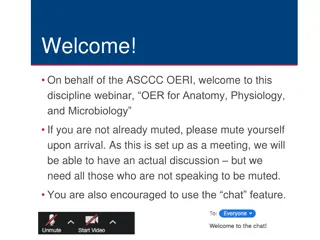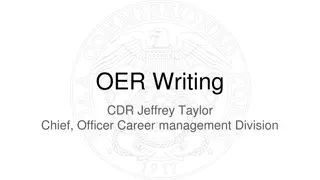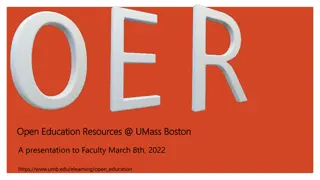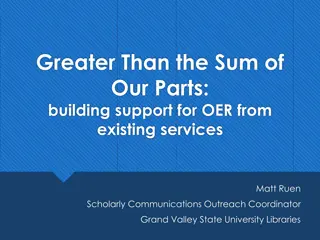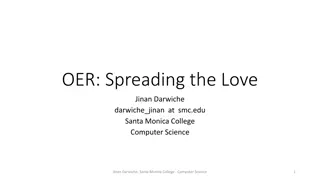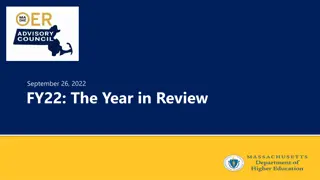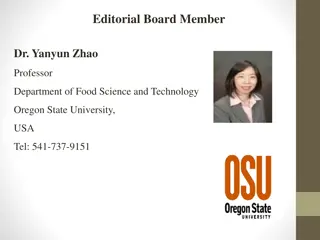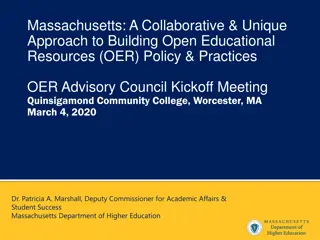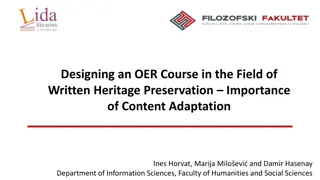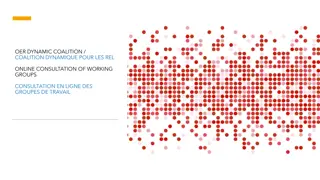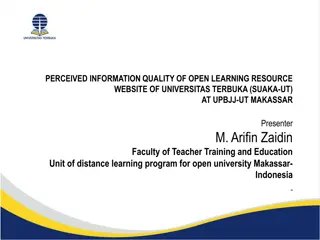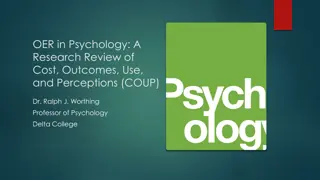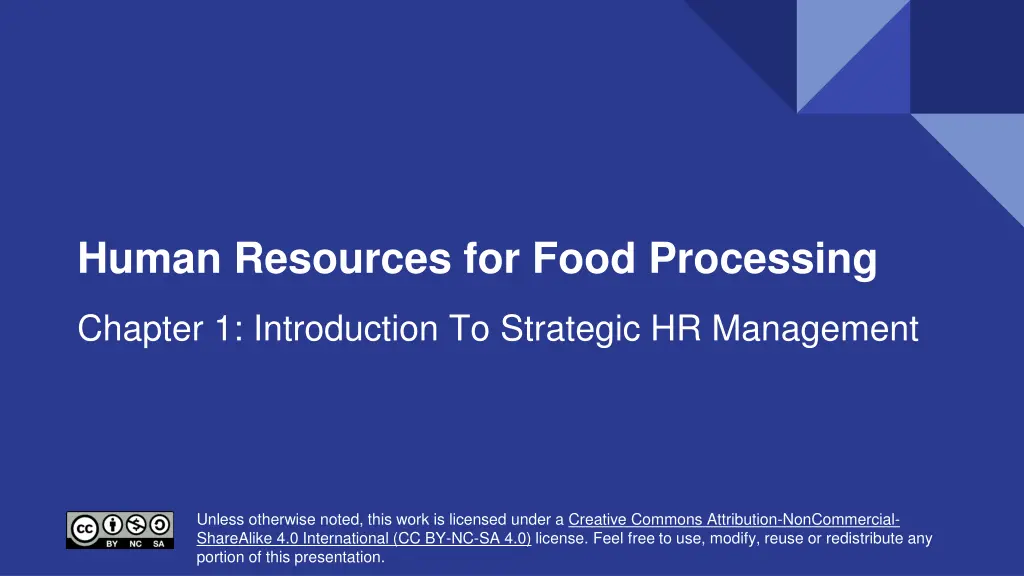
Strategic Human Resources Management in Food Processing
Explore the evolution, role, and responsibilities of HRM in organizations, along with the influence of business context and internal/external factors. Learn about HR activities, skills required, and the value of HR expertise to non-HR managers.
Download Presentation

Please find below an Image/Link to download the presentation.
The content on the website is provided AS IS for your information and personal use only. It may not be sold, licensed, or shared on other websites without obtaining consent from the author. If you encounter any issues during the download, it is possible that the publisher has removed the file from their server.
You are allowed to download the files provided on this website for personal or commercial use, subject to the condition that they are used lawfully. All files are the property of their respective owners.
The content on the website is provided AS IS for your information and personal use only. It may not be sold, licensed, or shared on other websites without obtaining consent from the author.
E N D
Presentation Transcript
Human Resources for Food Processing Chapter 1: Introduction To Strategic HR Management Creative Commons Attribution-NonCommercial-ShareAlike 4.0 International (CC BY-NC-SA 4.0) Creative Commons Attribution-NonCommercial-ShareAlike 4.0 International (CC BY-NC-SA 4.0) Unless otherwise noted, this work is licensed under a Creative Commons Attribution-NonCommercial- ShareAlike 4.0 International (CC BY-NC-SA 4.0) license. Feel free to use, modify, reuse or redistribute any portion of this presentation.
Learning Outcomes 1. Define HRM and explain its evolution over the years. 2. Explain the role of HRM in organizations. 3. Define, discuss and explain the major HRM activities. 4. Explain the professional and personal skills needed to be successful in HRM. 5. Define how the business context influences HRM. 6. Discuss the external and internal factors that impact organizations and HR departments. 7. Describe the value of HR expertise to non-HR managers.
1.1 Human Resources Management Human Resources Management (HRM) is an integrated set of processes, practices, programs, and systems in an organization that focuses on the effective deployment and development of its employees. This Photo by Juan Manuel is licensed under CC BY- NC-ND
1.2 Evolution and History of HRM HRM Then and Now Wave 3 1990s Integration of HR strategy with business strategies. Recognized value of HR as a business partner and enabler. Wave 1 Early 1900s Administrative work. Delivery of HR services (pay, vacation) Wave 2 1970s Innovative HR practices (compliance, learning). Building of HR community practice. Wave 4 2000s Competition enabler.
1.3 The Role of HRM in Organizations Talent Acquisition (Recruitment and Selection) Legislation and Policy Job Analysis and Design Training and Development Performance Assessment and Management Compensation and Benefits Administration Labour Relations Health and Safety HR Analytics
1.4 The Human Resource Manager Responsibilities include: Policy Maker Service Provider HR Business Acumen Advisor Advocate Credible Professional Areas of competencies: Leadership Ethical Relationships Business Consultation Global & Cultural Knowledge Data Communication Expertise
1.5 Human Resources & Environmental Factors External Factors Internal Factors Organization Culture Labour Market Management Practice Economy Organizational Climate Production Technology Globalization Generations of Workers Government Education
1.6 HRM and Business Challenges Businesses need to consider those things the company has no control over which could have a positive and /or negative affect on human resources. Health, safety and employee protection Globalization and offshoring Changes to employment law Employee expectations Changing regulations specific to industry Changing demographics of the workforce A more highly educated workforce Diversity of the workforce Increased use of social networking Technology used, such as HR databases Layoffs and downsizing
1.6 Crisis Management Crises impact organizations and HRM Examples: Financial Crisis The COVID-19 pandemic HR issues such as turnover, absenteeism, and burn-out have been brought to the forefront "Coronavirus by CDC, Pexels License The pandemic has accelerated the transformation of HR processes, such as telework, remote training, and fair compensation
1.6 Globalization and Economies Globalization is prevalent in most organizations Canada is a highly globalized economy The United States-Mexico-Canada Agreement has stronger protections for workers and the digital economy Globalization requires HRM professionals to deal with people from different cultures and adjust to different employment laws and business The pandemic has accelerated the transformation of HR processes
1.6 Technology Technology has greatly impacted HRM It changes job requirements, creating a mobile workforce, and impacting productivity It creates additional stress for workers and requires continuous knowledge updating HRM is delivered differently, with jobs being replaced by AI, social media used for recruitment, and virtual reality used for training Image by PNG ALL CC-BY-NC
1.6 Cost Containment Global competition and rising costs require organizations to maximize efficiency and productivity HR managers must make a business case to justify investments and show how they will lead to better employee performance Human capital typically represents 60-65% of an organization s annual budget Investments in a wellness program can lead to significant cost savings
1.6 Talent Acquisition HRM plays a critical role in recruiting, selecting, training, and retaining talent HRM must adapt to the gig economy and a variety of employment configurations The COVID-19 pandemic has added more stress and challenges for employers to fill positions and retain employees Lockdowns, wage subsidies, and vaccination mandates are examples of issues during the pandemic that have made employment more difficult for organizations.
1.6 Indigenous Perspective HR professionals must recognize and understand the rights of First Nations peoples The Memorandum of Understanding (MOU) between the Assembly of First Nations and the Indigenous and Northern Affairs Canada is a crucial document for HRM and FN communities Some companies that operate on FN land may be required to hire a certain percentage of FN individuals In FN communities, the HR professional is responsible for all employees Federal legislation provides benefits and rights to FN peoples
Summary Define HRM and explain its evolution over the years. Explain the role of HRM in organizations. Define, discuss and explain the major HRM activities. Explain the professional and personal skills needed to be successful in HRM. Recognize the role of the Ontario HR professional - HRPA. Define how the business context influences HRM. Discuss the external and internal factors that impact organizations and HR departments.
End Chapter Review What is Human Resources Management and what are its components? Identify the major/functional areas of HRM? What are the responsibilities of an HR Manager and what qualifications do they require? Identify challenges associated with HRM in today s environment



